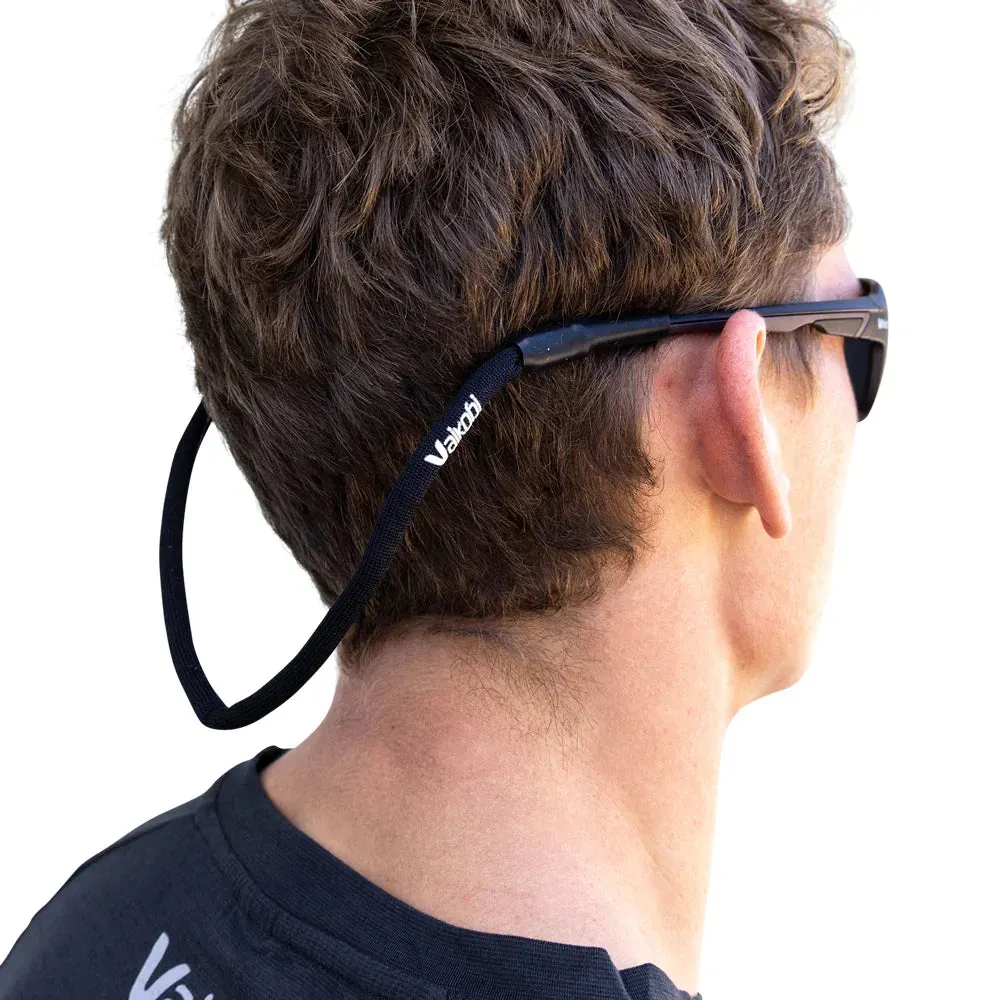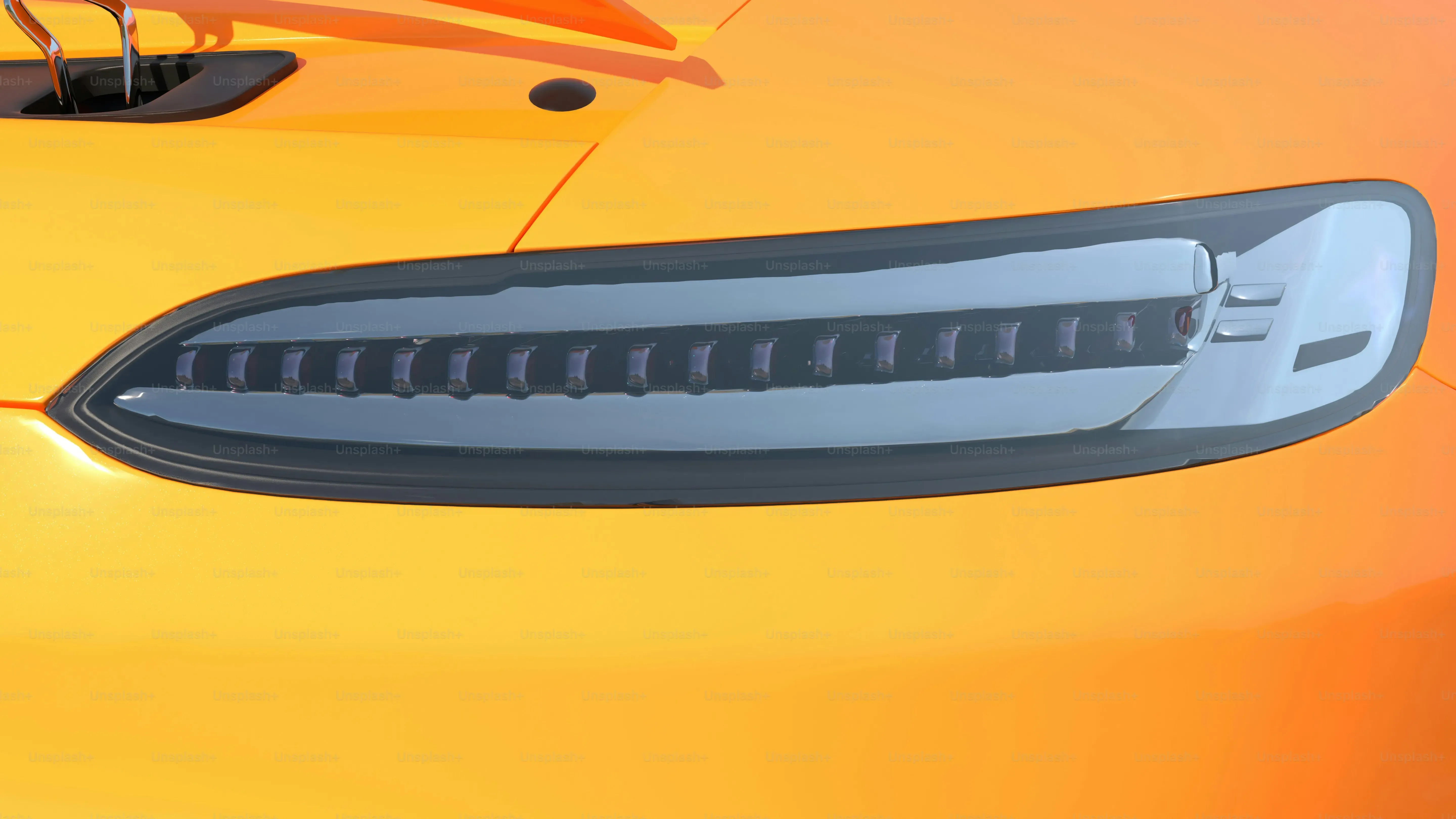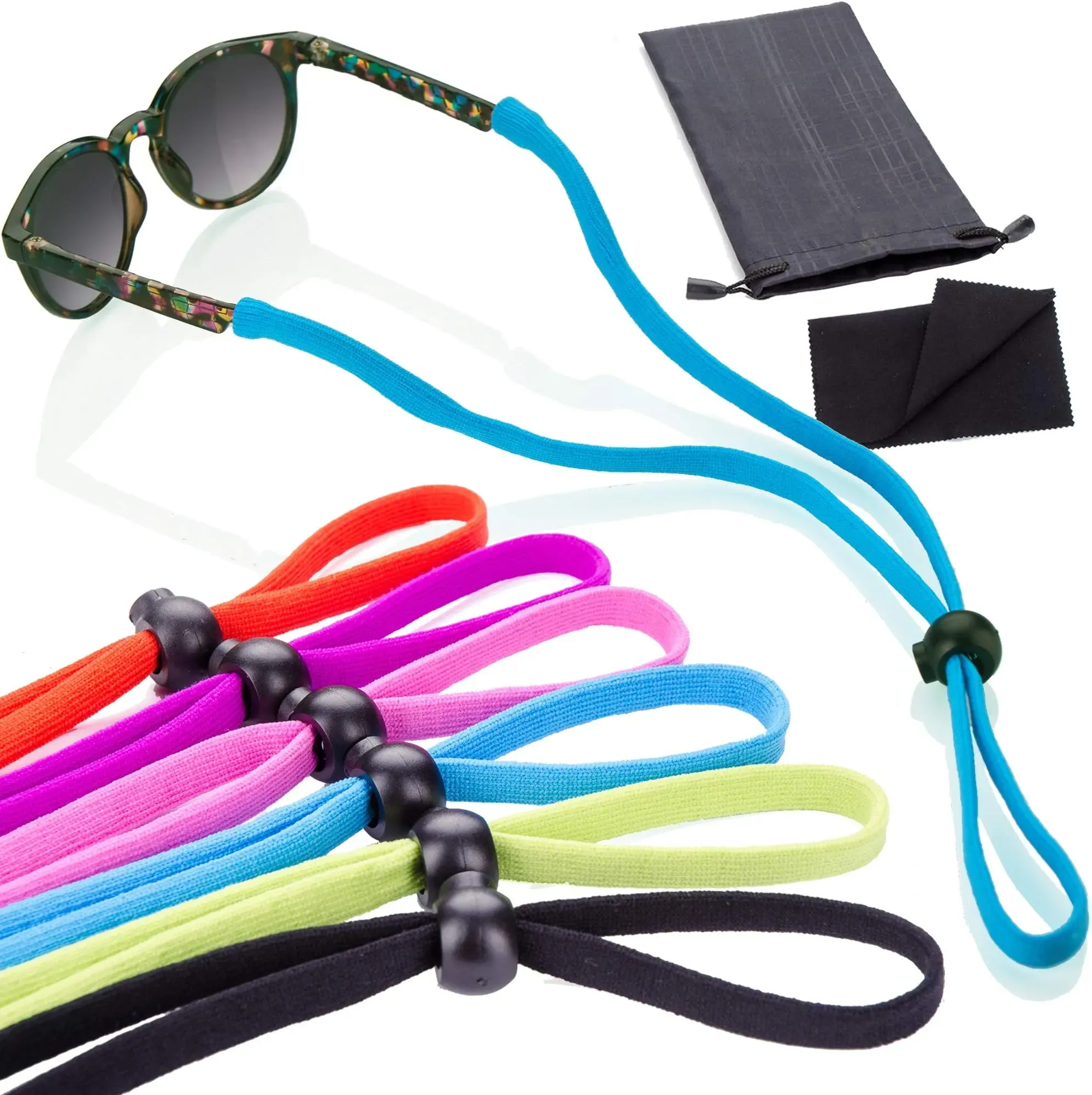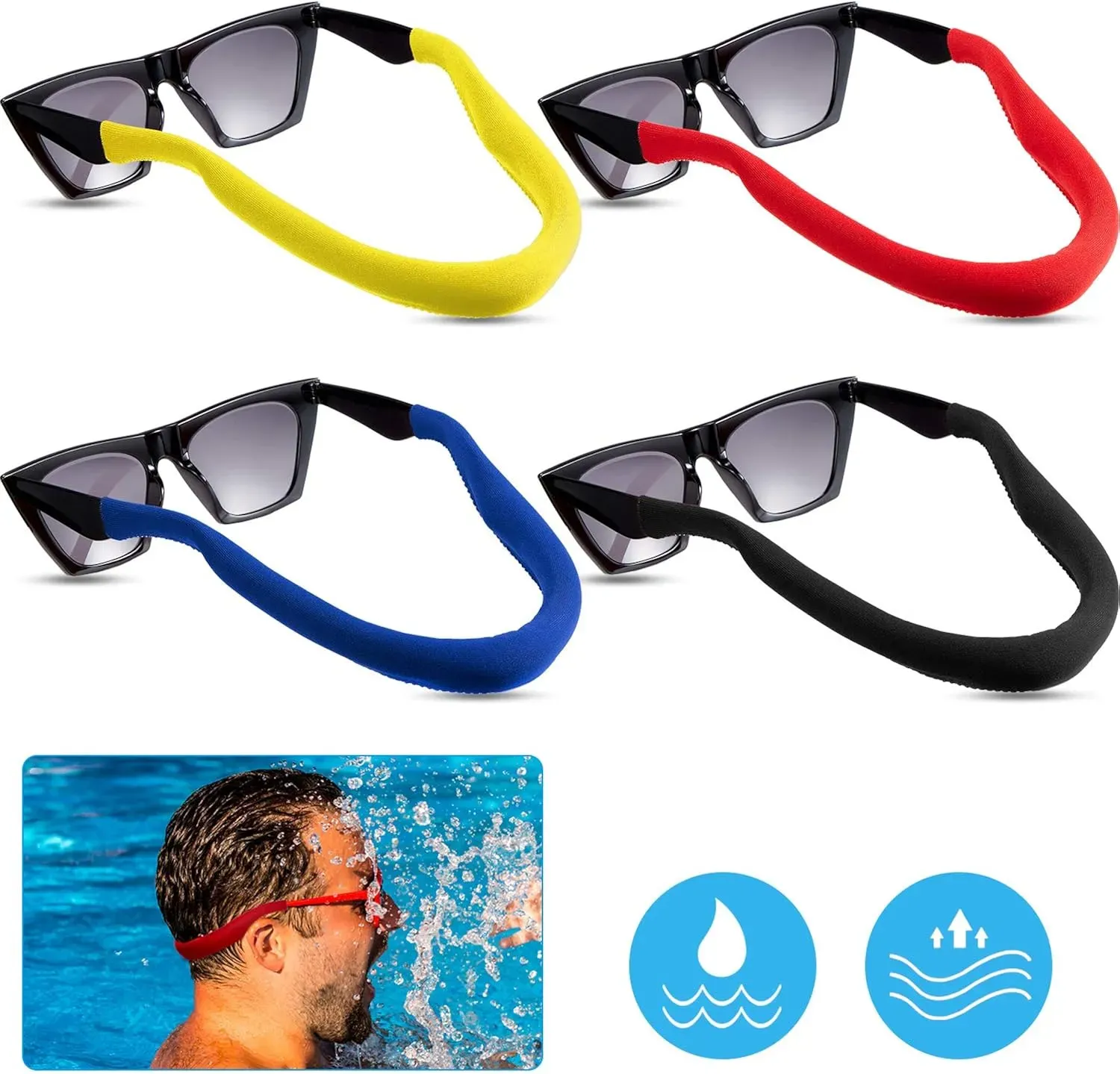Table of Contents
Picture this: You're out on the water, maybe kayaking, fishing, or just chilling by the lake. The sun's bright, your shades are perfect, life is good. Then, a splash, a bump, and you watch in slow motion as your favorite pair of sunglasses slips off your face and disappears beneath the surface. That sinking feeling? Yeah, we've all been there, or at least dreaded it. Those aren't just sunglasses; they're an investment, a statement, maybe even prescription. Losing them to the depths is a frustrating, expensive mistake. This is precisely why the humble floating sunglass strap isn't just another accessory; it's practically a life raft for your eyewear. It’s the simple, effective answer to keeping your shades safe and sound, right where they belong – attached to your head, or at least floating nearby. Forget the dive team, forget squinting for the rest of the day. This article will dive into why a floating sunglass strap is essential for any water enthusiast, how these clever little devices actually work, and what you should look for when picking one out.
Why You Need a Floating Sunglass Strap for Water Adventures
Why You Need a Floating Sunglass Strap for Water Adventures
Let's be honest, water and gravity are not friends when it comes to your eyewear. Whether you're kayaking down a river, casting a line from a boat, paddleboarding across a calm lake, or getting tossed around by a wave, there’s always that moment of panic. A rogue splash, a sudden movement, or just tilting your head the wrong way can send your expensive sunglasses on a one-way trip to the bottom. Replacing shades isn't cheap, especially if they're prescription or a brand you really like. A floating sunglass strap acts like an insurance policy you actually wear. It keeps your glasses securely attached to your head, reducing the chance of them coming off in the first place. But the real magic? If they *do* manage to slip free, the strap keeps them bobbing on the surface instead of sinking like a stone, making recovery a simple grab instead of a desperate, often fruitless, search.
What Makes a Floating Sunglass Strap Actually Float?
What Makes a Floating Sunglass Strap Actually Float?
It's All About Buoyancy, Not Magic
Alright, so you know they float, but how? It’s not some kind of tiny built-in motor or secret anti-gravity device. It comes down to a simple science principle you probably learned in school: buoyancy. Basically, an object floats if it's lighter than the amount of water it pushes aside. Think of a big log floating on a lake versus a small rock sinking. The log is big and displaces a lot of water, and its overall weight is less than that water's weight. A rock, even a small one, is much denser and heavier for its size compared to the water it displaces. Floating sunglass straps work by being made of materials that are either inherently very light for their size or have a lot of trapped air inside, making the strap as a whole less dense than water. This low density allows the strap to displace enough water to support its own weight *and* the weight of your sunglasses.
Materials That Defy Gravity (or Just Water)
The key to a floating sunglass strap isn't just making *a* strap; it's making one out of the right stuff. Most effective floating straps use materials known for being lightweight and water-resistant. Neoprene is a popular choice because it's the same stuff wetsuits are made of – it repels water and often has a bit of inherent buoyancy due to its foamy structure. Closed-cell foam is another common component. Think of pool noodles; they float because they're packed with tiny air pockets that don't fill up with water. These materials provide the necessary lift to counteract the weight of your glasses. Some designs also incorporate hollow tubes or sealed compartments specifically to trap air and boost buoyancy. It's a straightforward engineering trick: use light materials and add air.
- Neoprene: Water-resistant, often has a foamy texture.
- Closed-cell foam: Packed with air pockets, very buoyant.
- Hollow tubes: Designed specifically to trap air.
- Buoyant cord: Some cords are made with floating fibers or coatings.
Design Matters for Keeping Shades Afloat
It's not just the material; how the floating sunglass strap is put together plays a big role too. A wider or thicker strap generally offers more buoyancy because it displaces more water. Some straps are designed with a specific shape or profile to maximize their floating potential. The ends that attach to your glasses also matter. They need to be secure so your shades don't pop off, but also lightweight so they don't add unnecessary weight that could drag the strap down. Manufacturers test these straps to ensure they can support the weight of typical sunglasses, though extremely heavy frames or glass lenses might require a strap with extra floating power. The goal is a balance: a strap that's comfortable and secure enough to wear, but buoyant enough to save your shades if they take an unplanned dip.
Choosing the Right Floating Sunglass Strap: Materials and Fit
Choosing the Right Floating Sunglass Strap: Materials and Fit
so you're sold on the idea of a floating sunglass strap. Good. Now comes the slightly less thrilling part: actually picking one that works for *your* shades and *your* water activities. It's not a one-size-fits-all situation. The material is crucial – you want something genuinely buoyant, like neoprene or closed-cell foam, not just a fabric strap with a tiny float attached that couldn't keep a feather afloat. Consider the weight of your glasses. Those feather-light plastic frames? Almost any floating strap will do. But if you're rocking some heavy-duty metal frames with glass lenses, you need a strap with serious lift. Don't just trust the packaging; feel it, see if it seems substantial enough to do the job. Then there's the fit. How does it attach to your glasses? Do the loops slide on easily but grip tight? Does the strap length work for you? Too short and it's annoying; too long and it could get snagged. An adjustable strap is usually a safe bet, allowing you to cinch it up for active moments or let it hang loose when you're just chilling. Think about the conditions you'll be in. Choppy ocean waves might require a more robust connection than paddling on a placid pond.
When you're evaluating options, ask yourself:
- Is the material clearly designed for flotation (neoprene, foam-filled)?
- Does it feel lightweight yet substantial enough for my glasses?
- How does it attach to the frame, and does it seem secure?
- Is the length adjustable for a comfortable, functional fit?
Beyond the Water: Other Uses for Your Floating Sunglass Strap
Beyond the Water: Other Uses for Your Floating Sunglass Strap
Keeping Shades Secure on Land, Too
so the name "floating sunglass strap" pretty much screams water, right? But honestly, these things are just excellent eyewear retainers, full stop. The floating part is a bonus for aquatic adventures, but the core function – keeping your glasses attached to your head or neck – is useful everywhere. Think about it: gardening, leaning over to tie your shoe, riding a bike over bumpy ground, working on your car, even just wrestling with a stubborn bag of groceries. Any activity where your head is moving around or you're bending over increases the risk of your glasses taking a nosedive. A floating strap, because it's designed to be secure enough for water sports, is more than capable of handling everyday clumsiness or active hobbies on dry land. It’s peace of mind for your face furniture, preventing drops, scratches, and that frantic pat-down to see if they're still there.
Consider these scenarios:
- Hiking a steep trail.
- Working under a car hood.
- Doing yard work or gardening.
- Playing sports like tennis or volleyball.
- Riding rollercoasters (seriously, it helps).
More Than Just Glasses: Other Items to Secure
While they're designed for sunglasses and eyeglasses, the concept of a secure, potentially buoyant strap isn't limited. Some people use similar floating retainers for other small, valuable items they don't want to lose overboard or drop. Keys, for instance, especially car keys with electronic fobs that absolutely *cannot* get wet. Attach a floating lanyard or a repurposed floating sunglass strap to your keys when you're near water or doing something where they might fall. Small cameras or waterproof gadgets that have an attachment point could also benefit. It's about applying the principle of secure retention and buoyancy to anything you can't afford to lose to gravity or the drink. Just make sure the strap you choose is robust enough for the item's weight and that the attachment method is secure.
Where to Find Quality Floating Sunglass Straps
Where to Find Quality Floating Sunglass Straps
Alright, so you're convinced a floating sunglass strap is the unsung hero your water excursions desperately need. Where do you actually snag one that isn't just a flimsy piece of foam destined for the same watery grave as your last pair of shades? You've got options. Big box outdoor retailers are a solid starting point; they usually carry a few standard types. Online marketplaces, naturally, offer a dizzying array, but you'll need to wade through countless listings to find the good stuff – pay close attention to reviews, especially those from people who actually used them in water. Specialty shops focusing on watersports like kayaking, fishing, or sailing are often your best bet for higher-quality, more durable options because they cater to folks who actually *need* this gear to work. Don't be afraid to pick it up, feel the material, and check the attachment points. A quality floating sunglass strap should feel robust, not like something you got out of a claw machine. While you're looking around, places like sunglasshub.org might even carry some options or at least point you toward reputable brands known for making gear that holds up.
Keep Your Shades Afloat, Keep Your Cool
So, there you have it. The floating sunglass strap might seem like a minor detail, but it’s a genuinely practical piece of gear for anyone spending time around water. It’s the difference between enjoying your day and recounting the sad tale of the sunglasses that went down with the ship (or kayak, or paddleboard). They work by incorporating buoyant materials, and picking the right one means looking at the material, fit, and how much buoyancy it offers for your specific frames. They aren’t just for the open ocean; rivers, lakes, pools – anywhere gravity and water meet, there's a risk. Don't wait until you're staring into the murky depths wishing you'd spent a few bucks on this simple solution. Get a floating strap, attach it to your shades, and keep your focus on the fun, not on retrieving lost eyewear.
